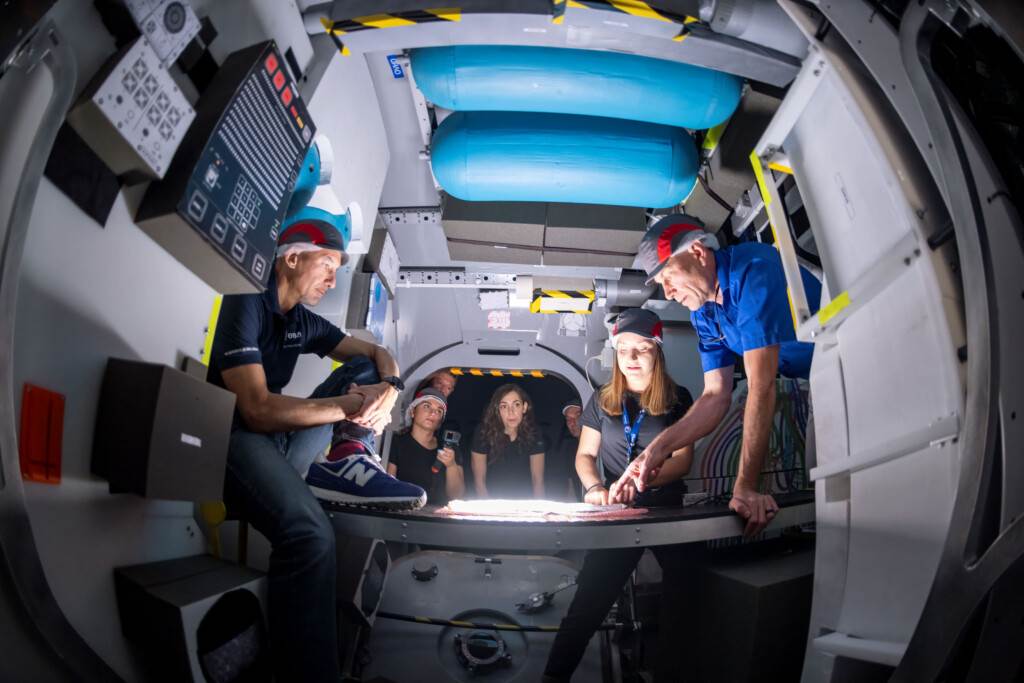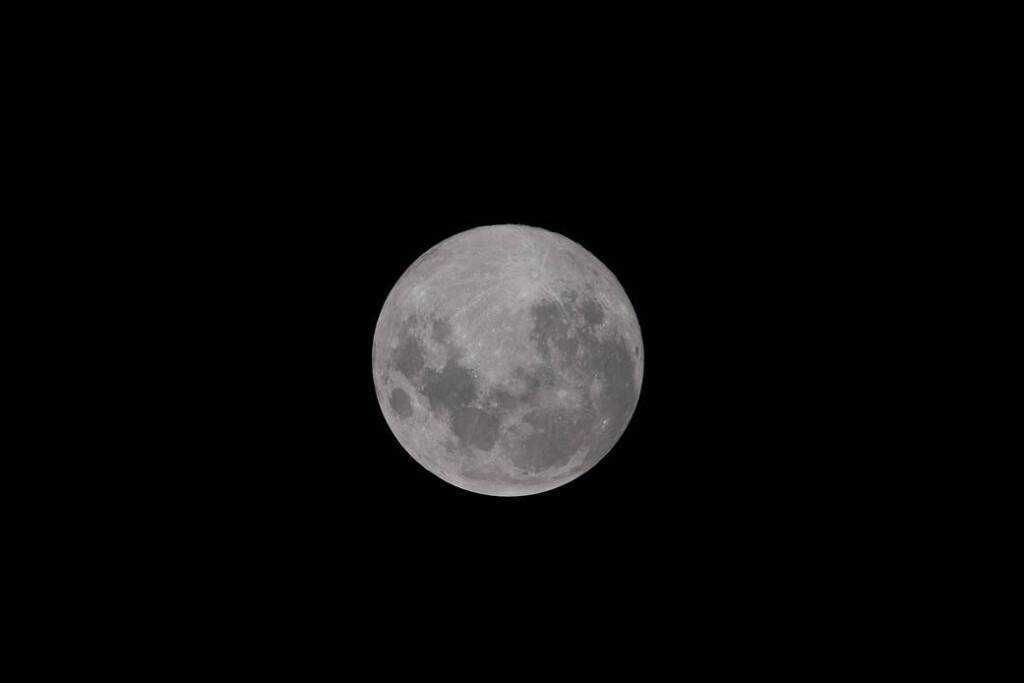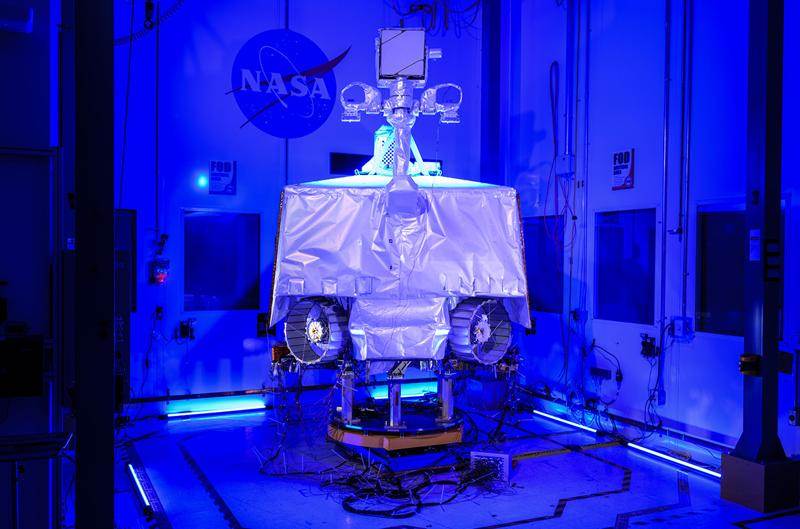Tag Archives: lunar
Gateway: Life in a Lunar Module
NASA Space Technology Teams at NASA, ESA (European Space Agency), and Thales Alenia Space, including astronauts Stan Love and Luca Parmitano, came together in Turin, Italy, this summer for a test run of Gateway, humanity’s first space station to orbit the Moon.The group conducted what is known as human factors testing inside a mockup of Lunar I-Hab, one of four Gateway modules where astronauts will live, conduct science, and prepare for missions to the Moon’s South Pole region. The testing is an important step on the path to launch by helping refine the design of spacecraft for comfort and safety.Lunar I-Hab is provided by ESA and Thales Alenia Space and is slated to launch on Artemis IV. During that mission, four astronauts will launch inside the Orion spacecraft atop an upgraded version of the SLS...
Planning our lunar return? Get a telescope
NASA Space Technology Perhaps you’re a propulsion engineer making lunar landers as part of NASA’s CLPS program. Perhaps you’re a lawyer specializing in the OST. Or you are a chemist cracking the codes of lunar ISRU.If you are any of these things or even if you just know what those acronyms mean, you’re part of the lunar revival, our return to the dramatic wilds of the moon, a return for science and industry and, just maybe, helping to make life multi-planetary.I absolutely support those goals, but I also have a telescope. Anyone planning our lunar future should have one too or, at least, regular access to one. Why? Because we won’t have a lunar future worth having if we don’t really see the moon. And if we don’t really see the moon, we’ll miss how...
NASA to Develop Lunar Time Standard for Exploration Initiatives
NASA Space Technology NASA will coordinate with U.S. government stakeholders, partners, and international standards organizations to establish a Coordinated Lunar Time (LTC) following a policy directive from the White House in April. The agency’s Space Communication and Navigation (SCaN) program is leading efforts on creating a coordinated time, which will enable a future lunar ecosystem that could be scalable to other locations in our solar system.The lunar time will be determined by a weighted average of atomic clocks at the Moon, similar to how scientists calculate Earth’s globally recognized Coordinated Universal Time (UTC). Exactly where at the Moon is still to be determined, since current analysis indicates that atomic clocks placed at the Moon’s surface will appear to ‘tick’ faster by microseconds per day. A microsecond is one millionth of a second. NASA and its...
By killing a lunar rover, NASA puts commercial delivery program on notice
NASA Space Technology Planetary scientists shocked by cancellation of VIPER, which would have hunted for water at Moon’s south pole...












